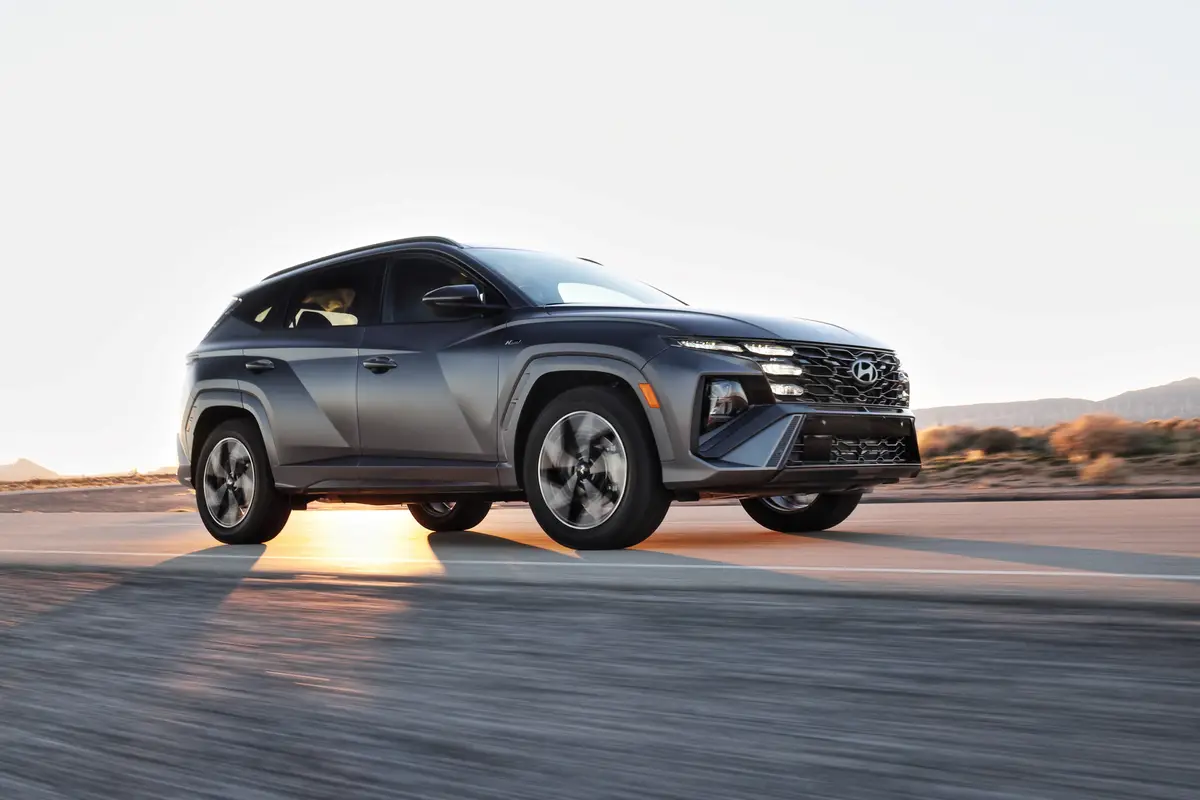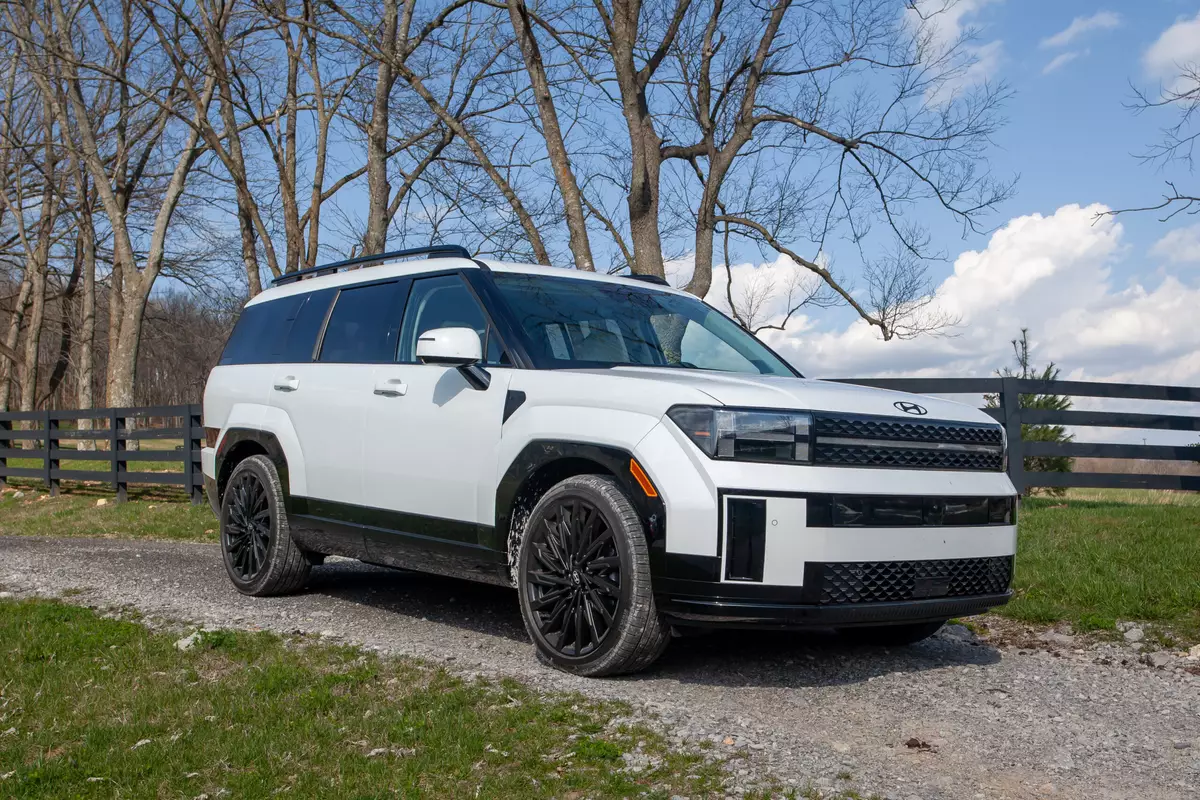Orlando Sentinel's view
Of all the cars I have tested this year, none has been a bigger surprise than the all-new Mitsubishi Diamante.
This car has the vault-like solidity of a Mercedes-Benz, the athletic prowess of a BMW and the high-quality design and assembly of a Lexus.
The Diamante competes in the ”near luxury” segment of the market against such notable hits as the Lexus Es 300, Acura Tl series or BMW 3-series. In terms of performance and quality, I think the new Diamante acquits itself extremely well against its foes. The car’s styling seems a bit uninspired, but considering what you get for the money, the new Diamante makes an appealing choice.
This is a car worthy of a serious look if you are in the market for an upscale, sporty family sedan.
PERFORMANCE, HANDLING
With this new generation, Mitsubishi has reduced the number of Diamante models and simplified the drivetrain. The wagon is gone, and so is the manual transmission.
The 1997 Diamante is available only as a four-door sedan in two trim levels, the entry-level Es and the fully loaded Ls, which we tested. Both cars have the same drivetrain: a four-speed automatic transmission and a powerful 210-horsepower, 3.5-liter, overhead-cam V-6 engine with 24 valves.
The 3.5-liter isn’t just one of the largest engines in this class, it’s one of the best. Although our test car – with 8,500 miles on the odometer – idled somewhat roughly at times, I was impressed with the abundance of power available under my right foot.
If you prefer driving a car with a powerful acceleration and a lively feel, you’ll likely be pleased with the Diamante. The drivetrain offers terrific response at all speeds. Lightly press the accelerator and the car leaps into motion with an adrenaline-increasing rush. BMW’s competitive cars have nothing on the new Diamante.
Our light blue test car blasted onto interstates with authority. Having that much power gives you confidence that you can accelerate around and away from trouble in certain situations.
The four-speed automatic delivers velvety-smooth shifts. The computer-controlled gearbox learns the habits of the driver and programs the shifts accordingly. Drive with a heavy foot and the shifts will be delayed slightly so that the engine winds up a higher and acceleration is a bit quicker.
I found the supple four-wheel suspension system to be just as impressive as the drivetrain. The new Diamante provides a very sporty ride without punishing the driver with excessive noise or stiffness from the suspension system. The redesigned system uses better bushings, shocks and control arms. These parts are stronger, lighter and designed better than similar parts on the old model.
Overall, I found the Diamante easy to handle in heavy traffic. The engine-speed-sensitive power steering is a soundly designed system that offers the driver an excellent feel for the road.
The power-assisted four-wheel disc brakes stopped the car quickly and easily. But Mitsubishi cut corners here. An anti-lock system is optional, but it should be standard, not just on the up-level Ls but also on the Es. If General Motors can make ABS brakes standard on a $16,000 Chevy Malibu, why can’t Mitsubishi make them standard on a car that costs nearly twice as much? A local Mitsubishi salesman said ABS comes as part of a bigger options package and adds a whopping $1,600 to the price of the car.
FIT AND FINISH
The new Diamante is just as impressive on the inside as it is under the hood and on the road.
This is one of the few Japanese luxury sports sedans that has an interior with character. There is none of the numbing blandness of a Lexus or an Acura.
The stylish, thickly padded dash is easy on the eyes and easy to use – especially the computer-controlled air-conditioning system. One small rotary knob controls the temperature, while two push butt ns control the fan speed and direction of air flow. Or you can push the knob and put the system in its automatic mode . You can change the temperature without having to divert your eyes from the road for more than a second or two.
Mitsubishi’s interior designers have crafted front and rear seats that look and feel as if they were destined for an expensive BMW or Mercedes-Benz. The soft gray leather upholstery in our test car was sumptuous. The front bucket seats were firm side, but they offered excellent support.
The 1997 Diamante rides on the same 107.1-inch wheelbase as the old model, but a smarter design has yielded considerably more interior room. Mitsubishi borrowed a page from the Chrysler design manual and gave the new Diamante ”cab forward” styling. That is, the windshield is steeply raked and the wheels are pushed as far as possible to the corners of the car. Mitsubishi says the car has 7.4 more cubic feet of interior room than last year’s model.
The rear bench seat is excellent. This is one car that you can enjoy being a passenger in.
The list of the car’s standard items is long: cruise control, an alarm system, a 210-watt stereo system, power windows, heated mirrors and door locks, tilt steering wheel power driver’s seat and more.
Once again there is an item on the options list that should be standard in a $30,000 car. The door locks in our test car were not radio-controlled. If you want remote-controlled door locks, you’ll have to shell out another $150.
Nevertheless, the new Diamante is among the top cars in its class and one of the best of the 1997 model year.
Specifications: Base price: $29,990. Safety: Dual air bags, side-impact protection, front and rear crumple zones. Price as tested: $30,589. EPA rating: 18 mpg city/26 mpg highway. Incentives: None.
Truett’s tip: Mitsubishi overhauled its flagship, the Diamante, for 1997. The result: A comfortable, fast, well-equipped luxury sports sedan that is fun to drive.
Latest news



